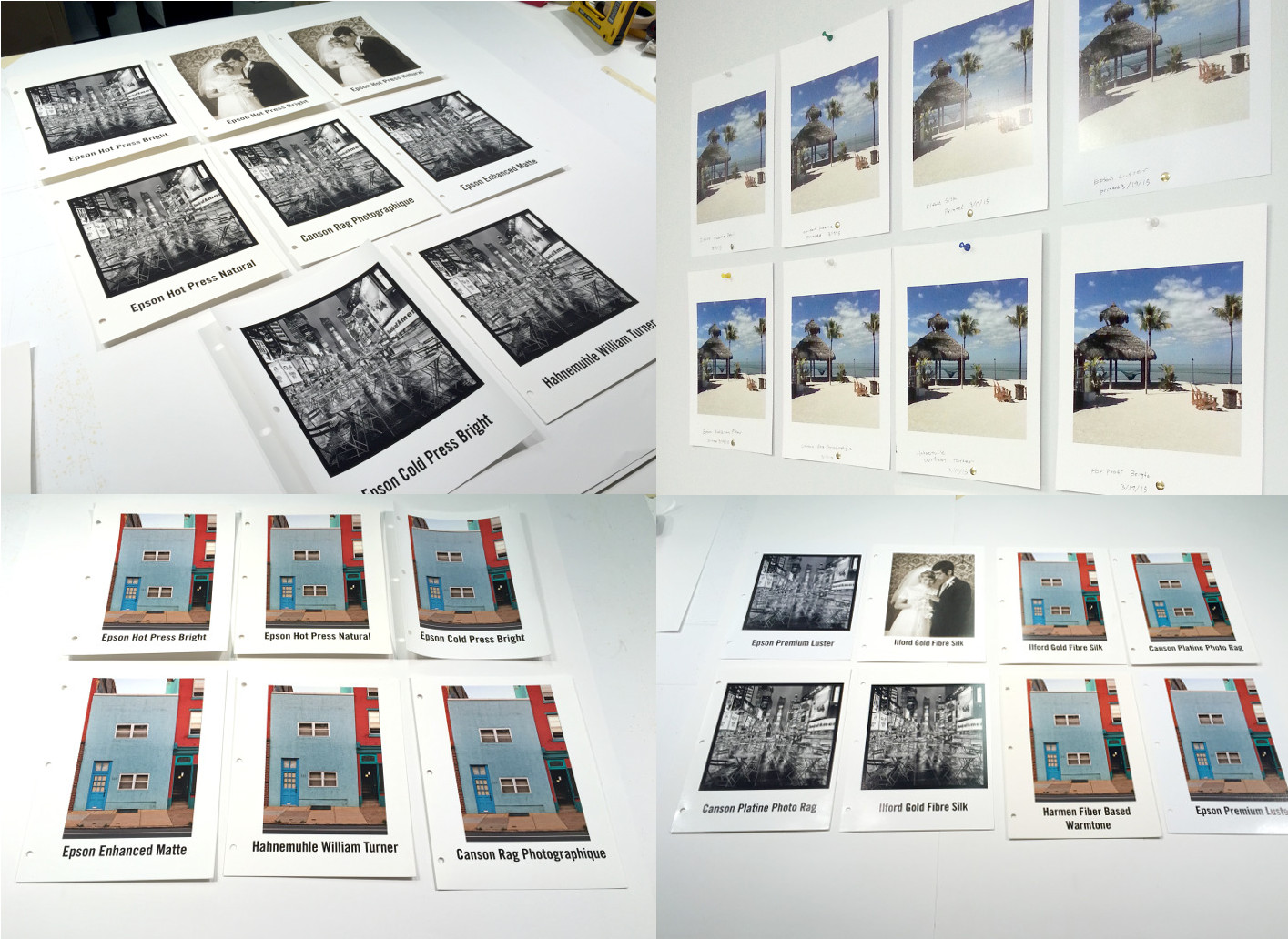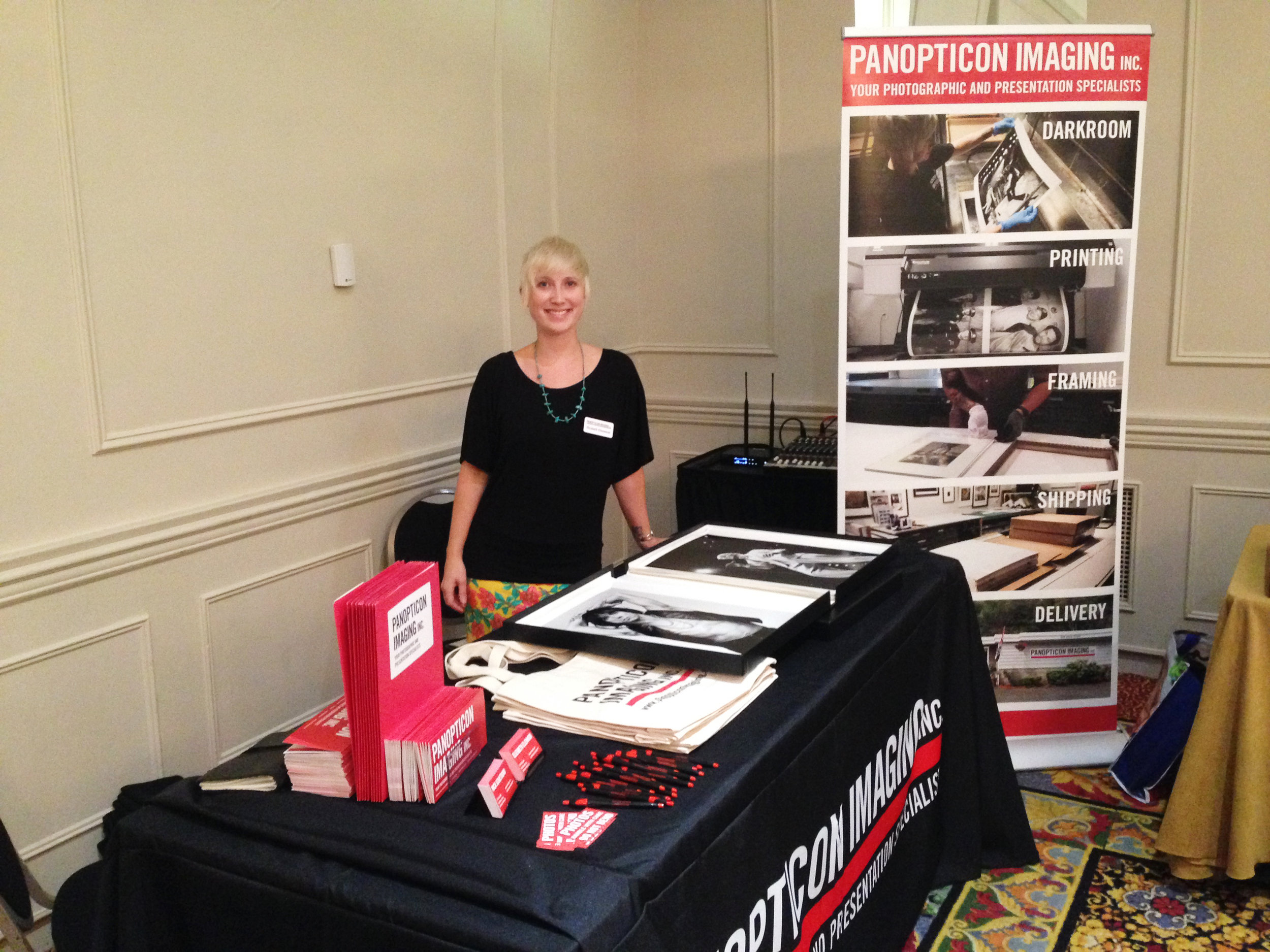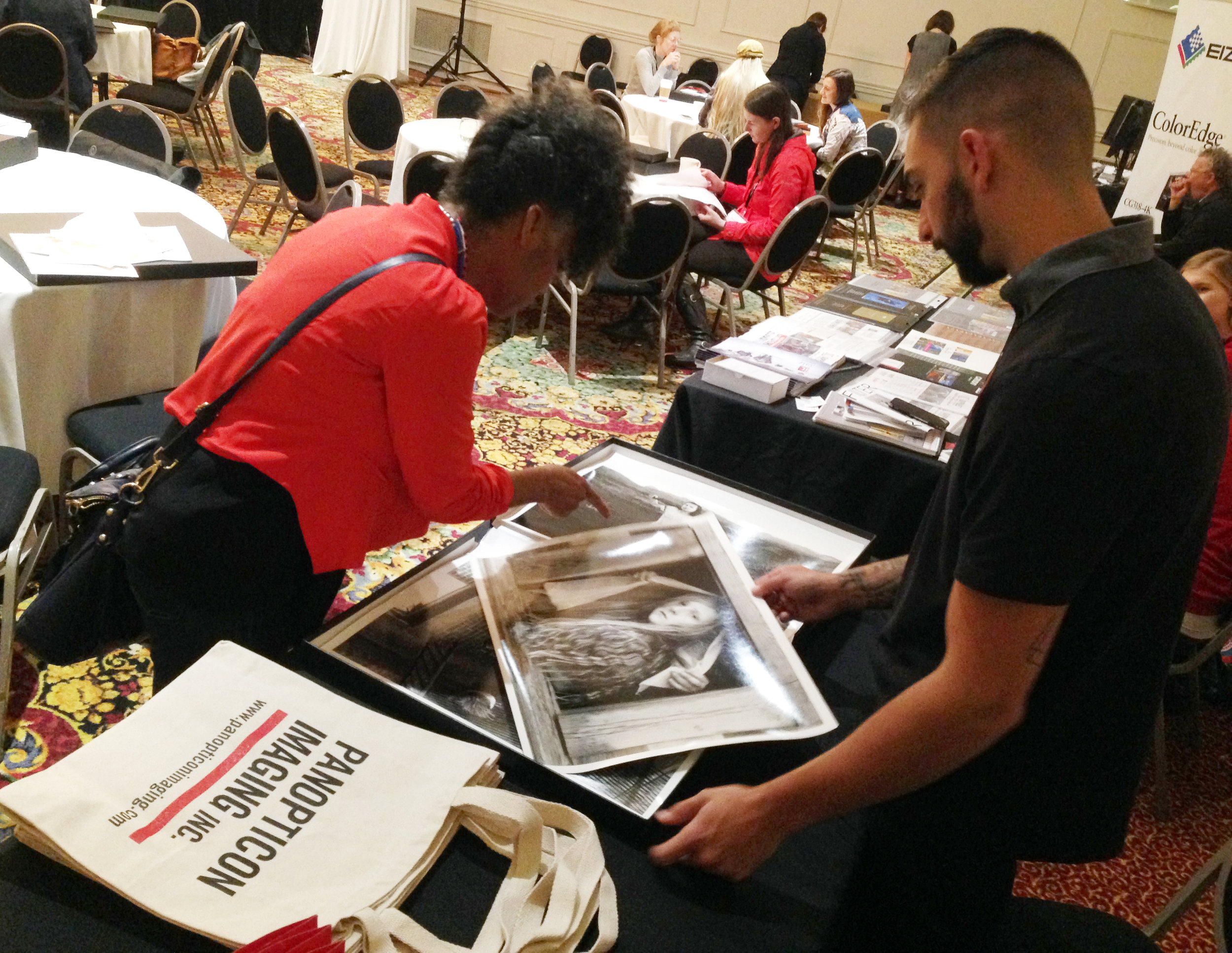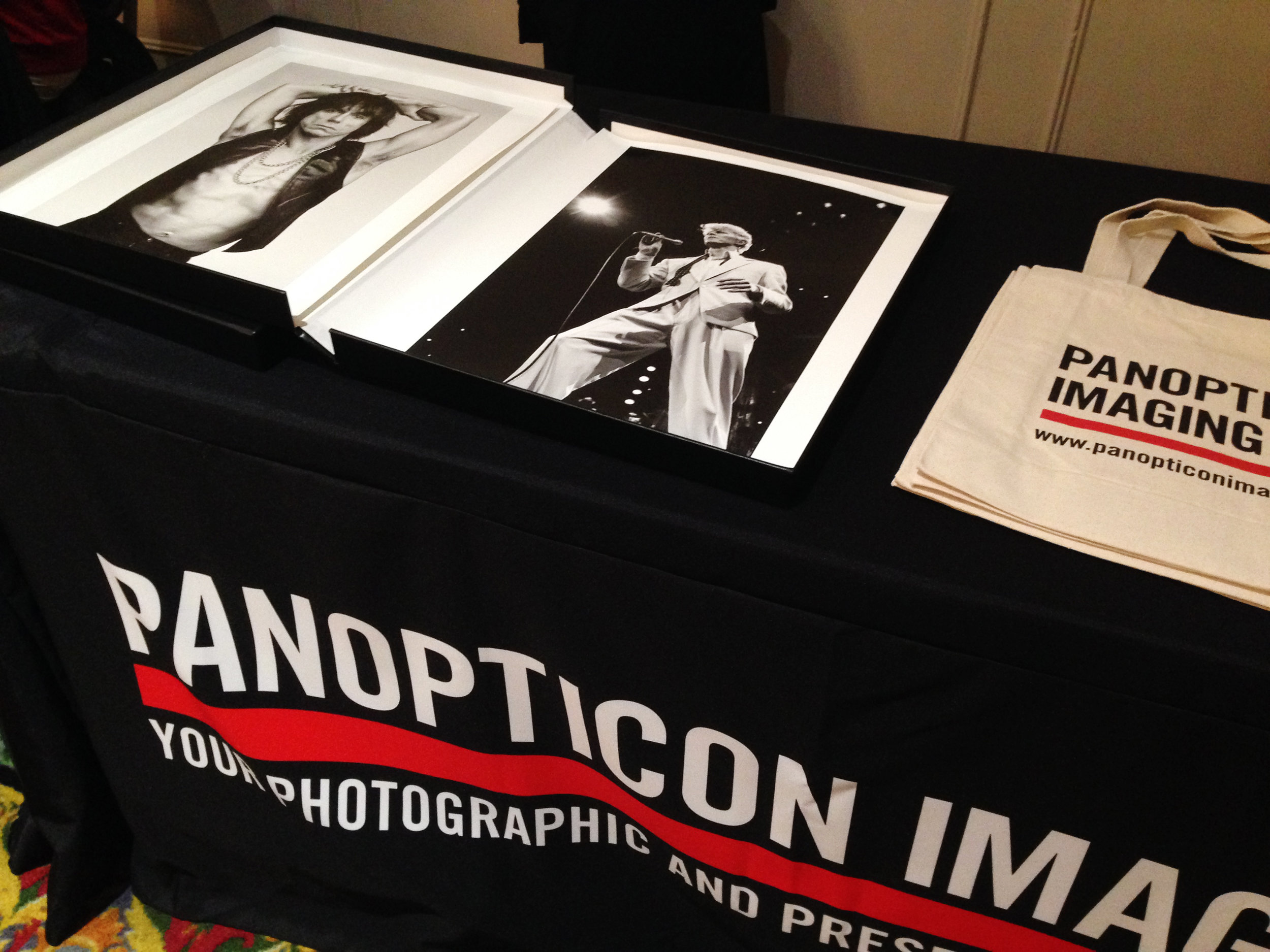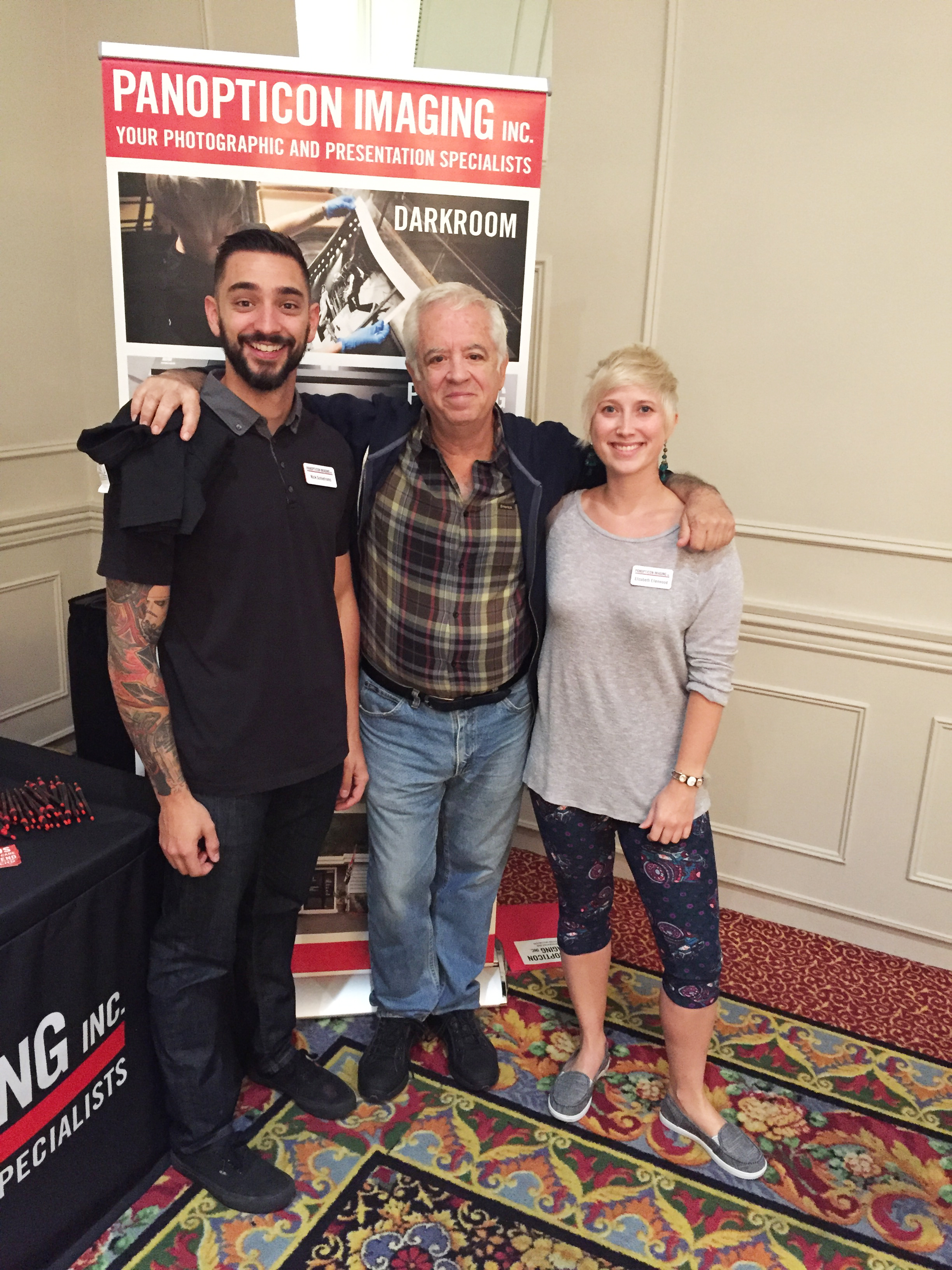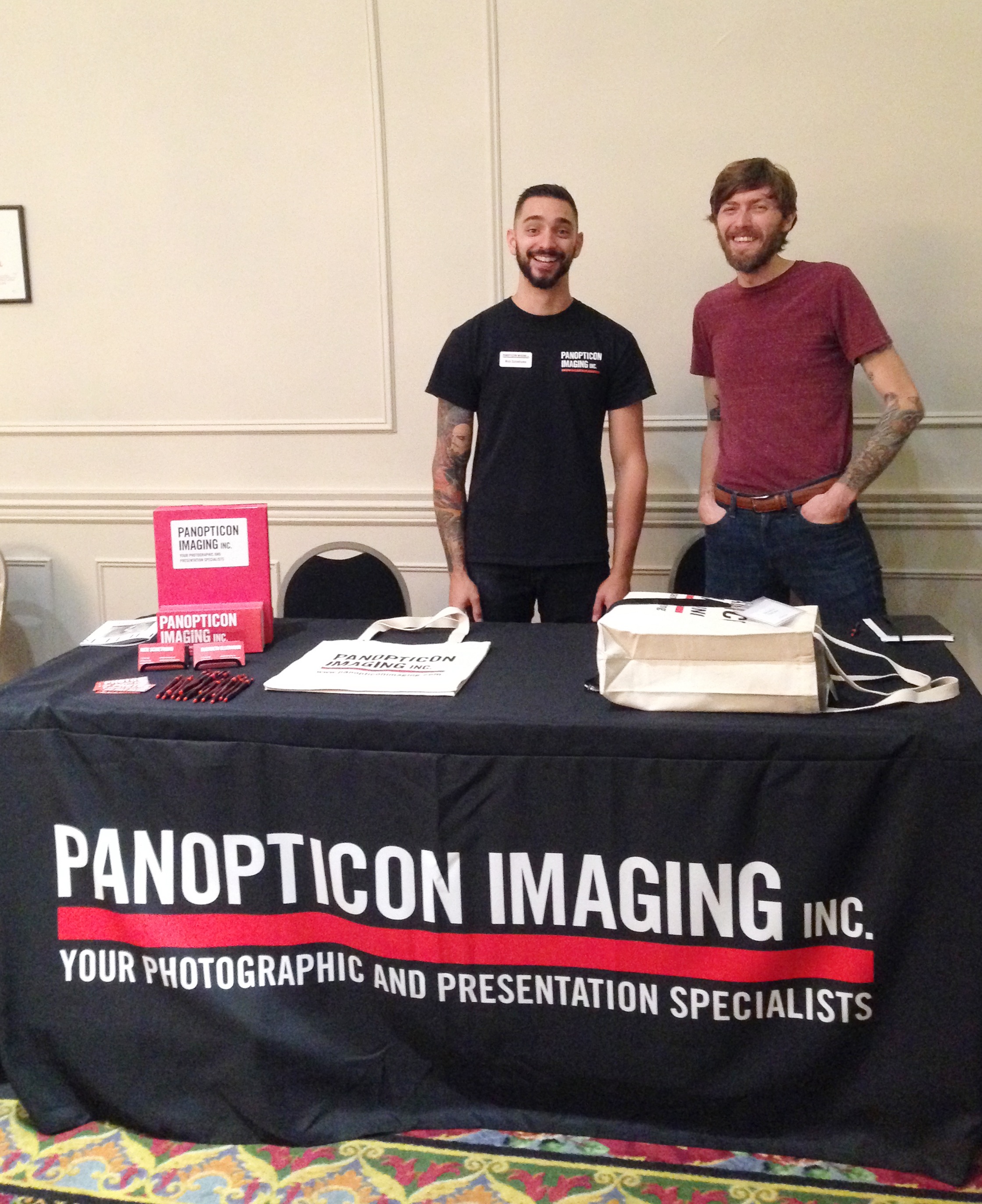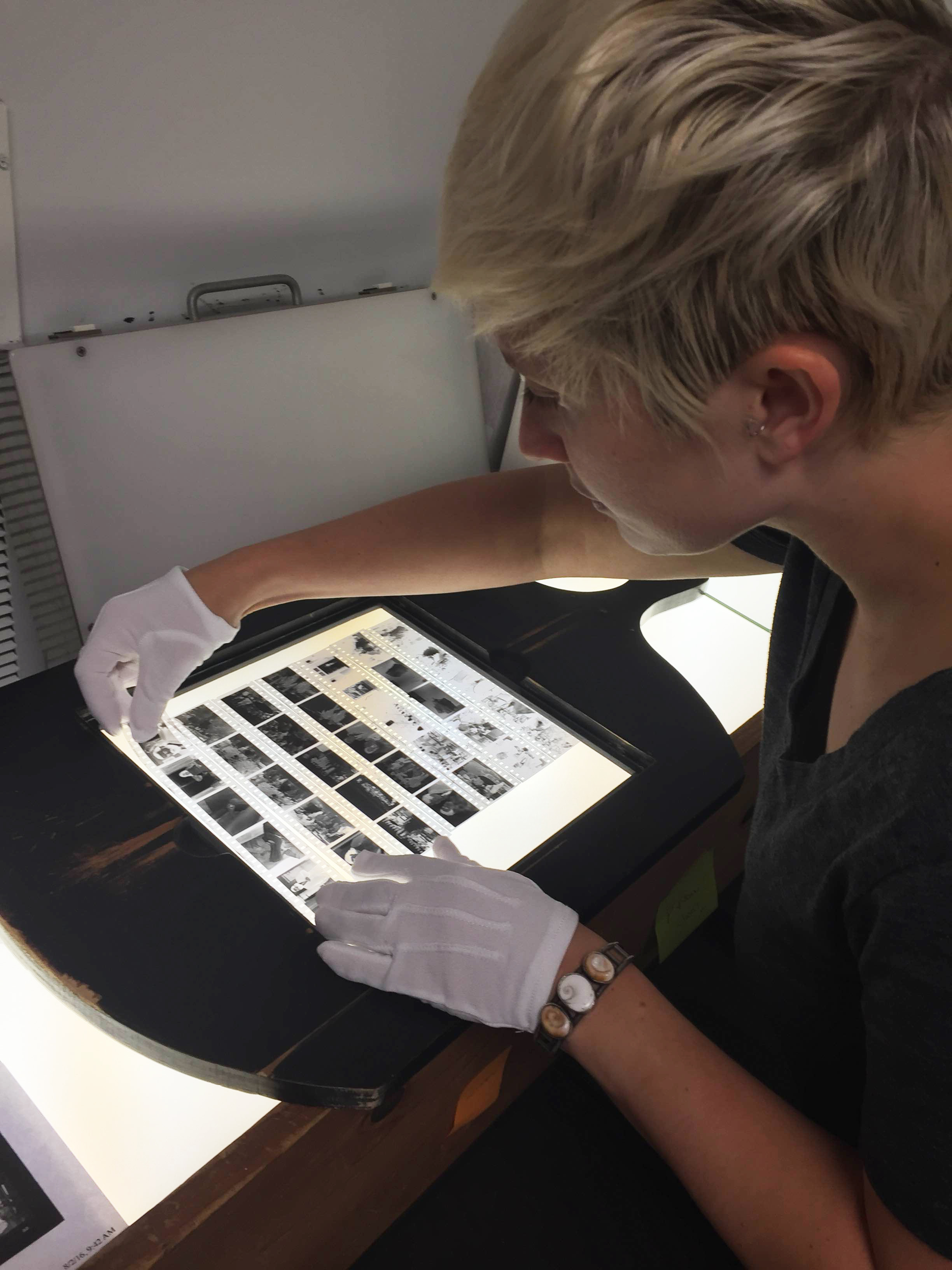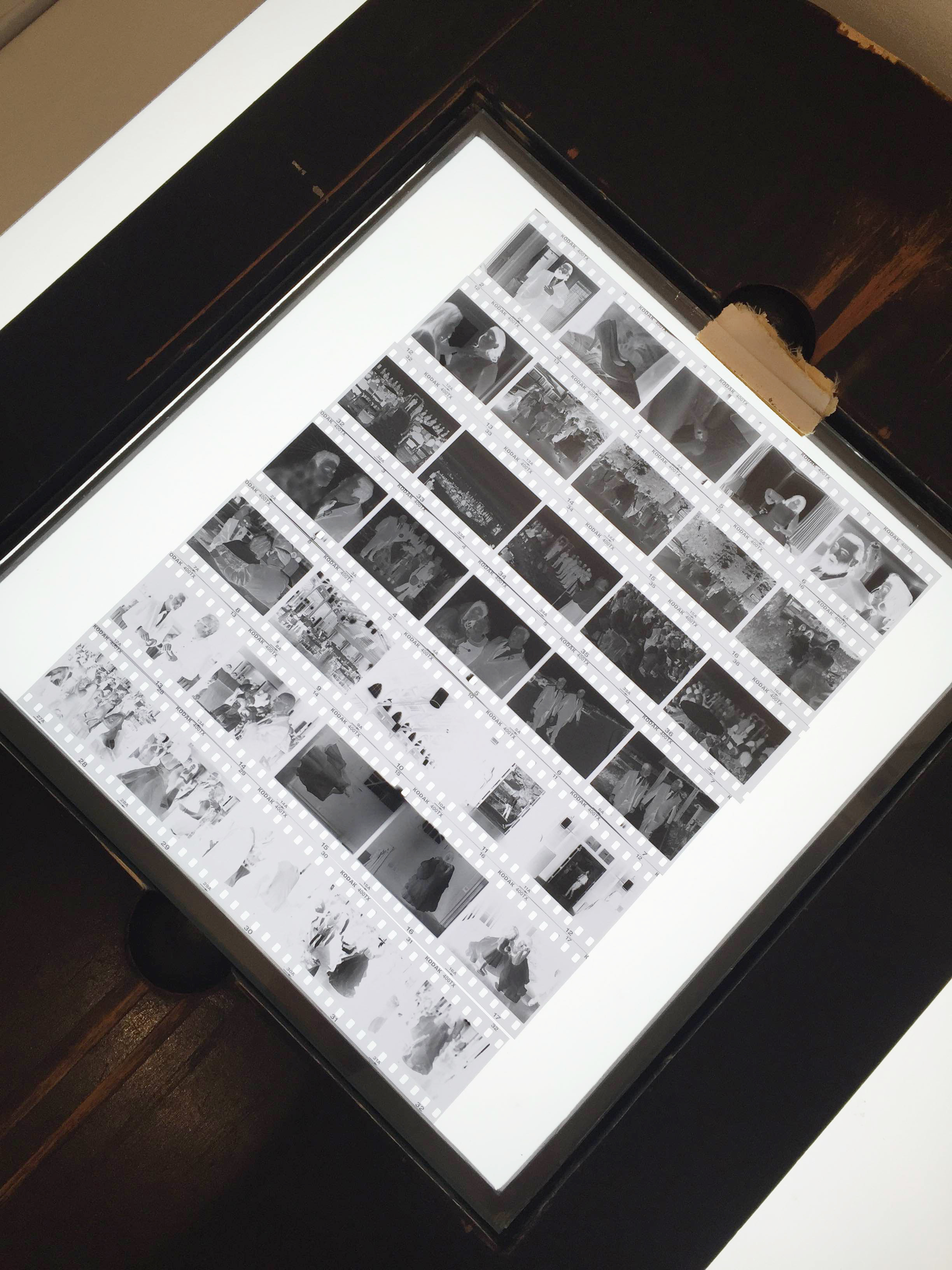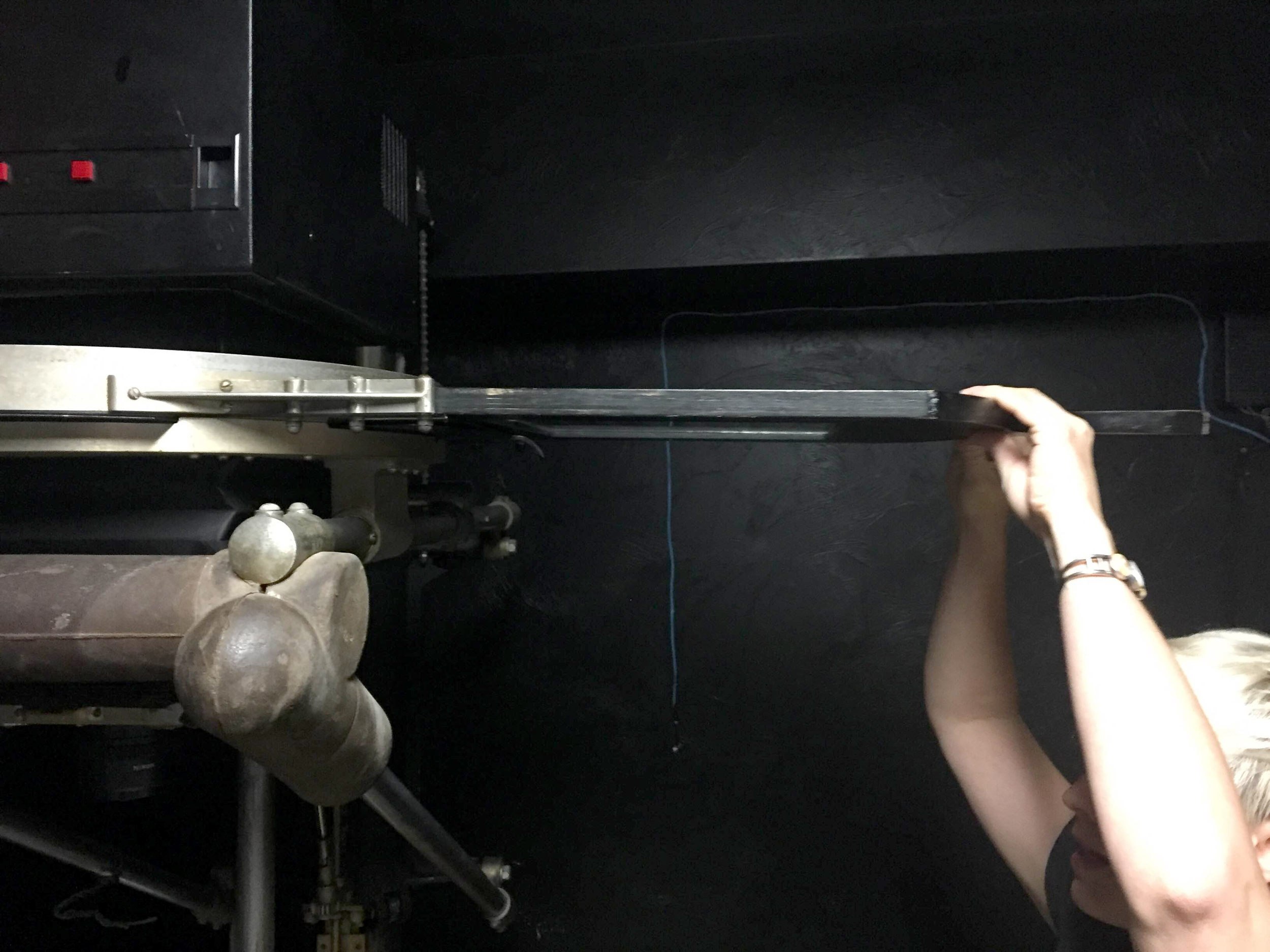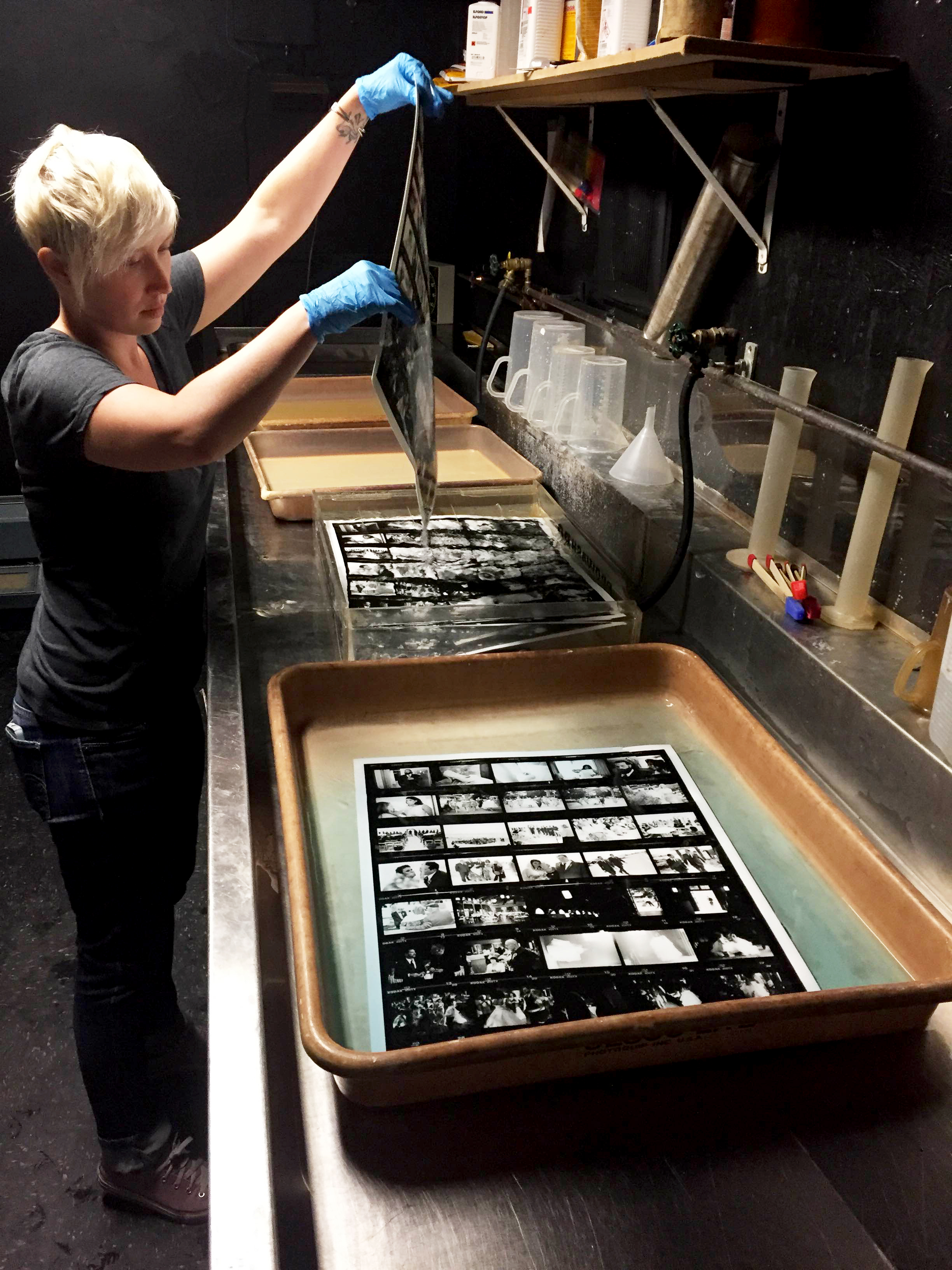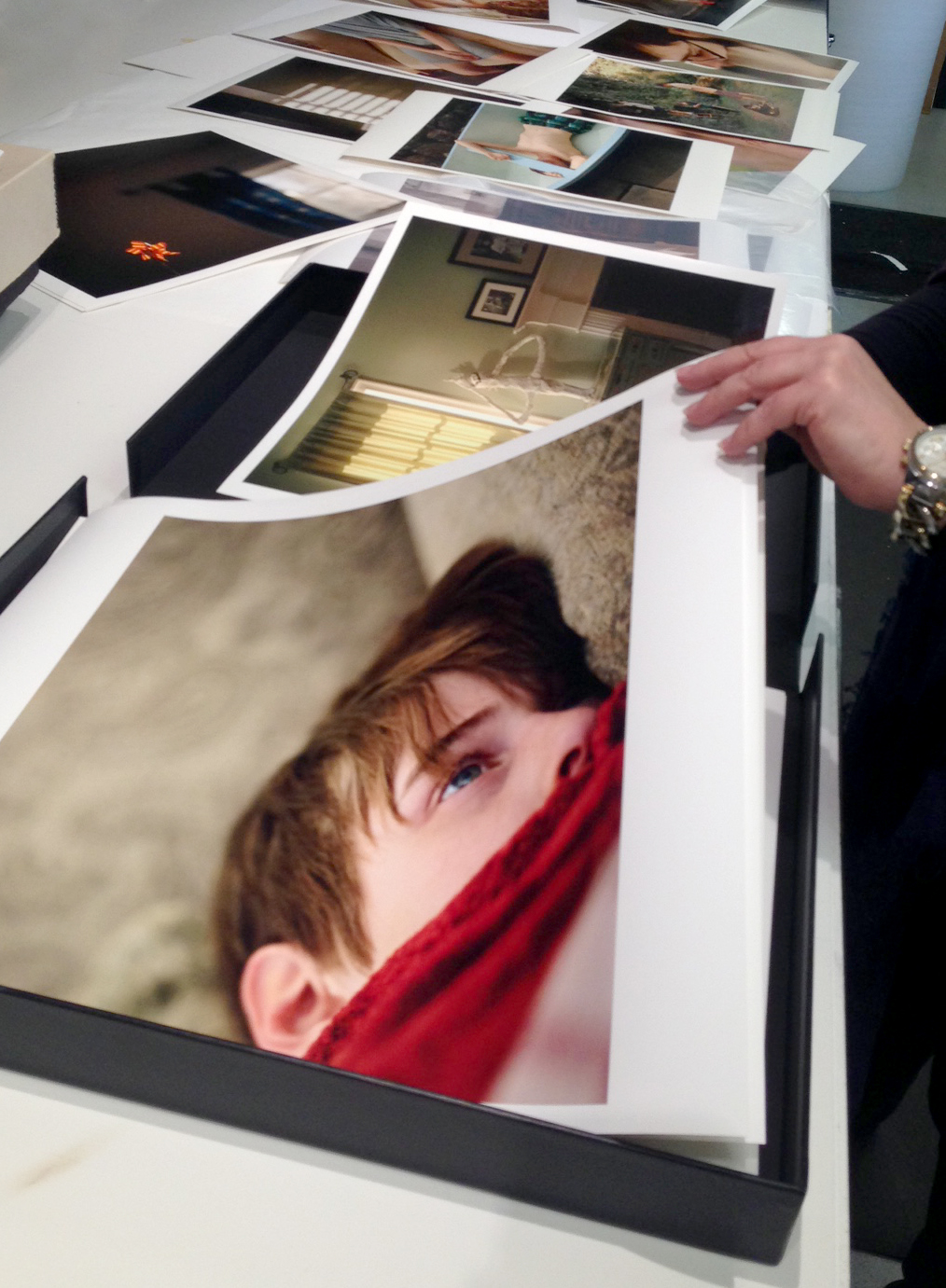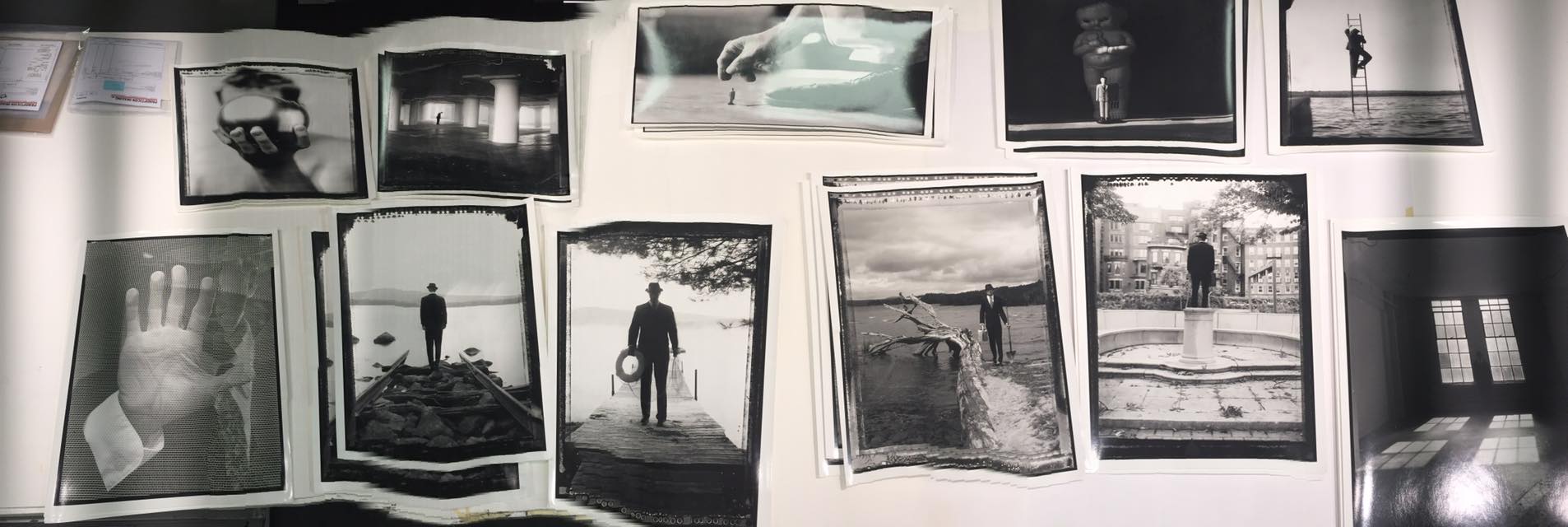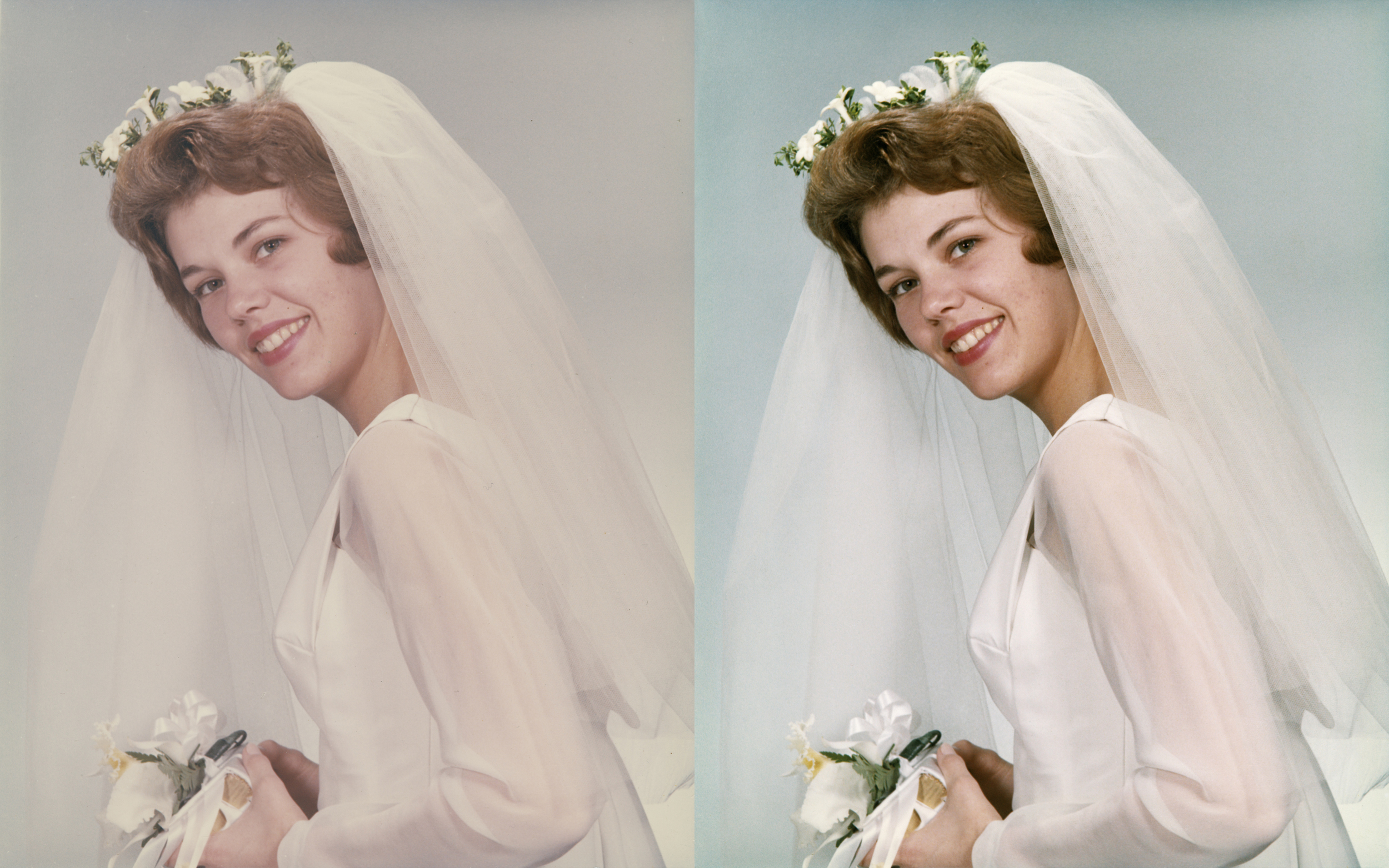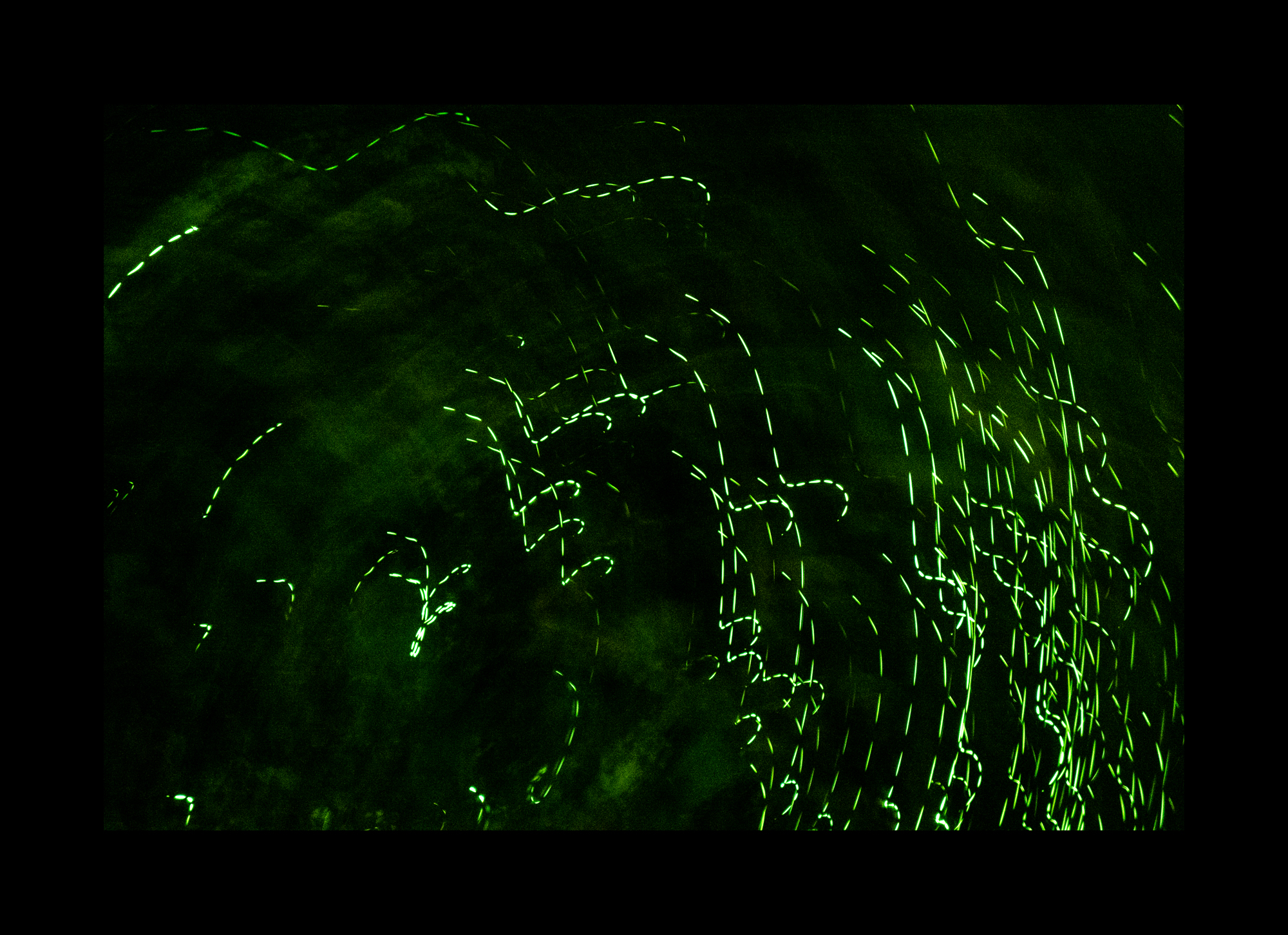Heather Hobler came into the office a year ago when she started photographing her backyard seascapes. Keeping her tripod in the same location, she shoots color negative film during different times of the day. Each print holds luscious colors ranging from cool blues to warm sunsets. The meditative quality of her images invites the viewer to linger and explore every seashell and wave.
- What is your earliest memory of art?
HH: A large dark abstract Grace Hartigan Wedding Dress painting. This painting hung innocently on
my great-aunt Francis’s dining room wall in an old whalers home in Mattapoisett. It was among
a Joseph Cornell Shadow Box, a Rembrandt etching, a Picasso scarf and many more hidden
treasures. These were true works of art living an ordinary life among the wallpaper and salt air.
Francis lived and worked in NYC in the world of art and museums. She took the train up for
holidays and weekends. Certainly quite exotic to my small town girlhood.
And along with these examples of high art I grew up in a house that my father and mother built
from the foundation up, sailed on boats that my father and brother built, wore handmade wool
garments from both grandmothers and mother, ate from the gardens of my grandfather, have a
handmade doll my sister made me.
In each object, aesthetics and use played equally important roles. What makes art “art” has
always intrigued me.
- What is your background? Did you go to school for photography?
HH: I went to both SMFA Boston and Tufts University, finishing with a BFA from Tufts in my 20’s and
then back to get my certificate from SMFA in my 30’s. In my 20’s I studied film, video and
drawing and in my 30’s mostly painting and drawing. I have no formal training in photography.
- Tell us about your current body of work and the exhibition at the Dedee Shattuck Gallery.
HH: This all started innocently as snapshots and quickly built into a reflective rhythmic journalistic
ritual. Taken from the same place daily and most often multiple times per day I stand facing
south over Buzzards Bay to document the pageant that is my front yard. As this work grows so
does my interest and dedication to what I feel is my most successful body of work.
“The adventure of the sun is the great natural drama by which we live” -Henry Benson, The
Outermost House
I had cancer 8 years ago, and it changed my life (of course and so what), and so too it changed
my belief in the validity of my art making. It was in the building of this collection it became
obvious this was a continuation and distillation of my art. Concepts of systems, comparisons,
suggestions of what came before, the play of edge-to-frame and the basic question of “what is
art?” have always been my concern.
Varying from colorfield paintings to romantic photorealism to pure abstraction, this work plays
with the formalism of the square and the minimalism of a controlled composition. This work is
both poignant and potent as they also engage in the contemporary issues of climate change,
the incessant barrage information and the dwindling amount of natural space. These, too, are a
nod to my 30 year devotion to yoga and meditation. and so the name where lines meet.
- Throughout the exhibition you will be having interaction days of conversation & contemplation, yoga, and evening talks. How do you plan to work these events into the
exhibition? What made you decide to do the interactions?
HH: These photographs together as a unit, a collection, a study, each and every time thrill and bore
me, equally. Kinda like, so what? so, so what? or who cares? so, who cares? So selfishly, I want
to discuss that play/work that we do to make sense of what makes us who we are. This is a
project because of just that: I do not have fully formed ideas around these photographs and
look to explore thru interactions. With where lines meet I will be in the space during all
opening hours inviting people in from all supports and interests of my life for contemplation,
conversation and community. Events range from Wednesday evening talks, Thursday and
Sunday yoga and Saturday suppers. I look to make this more than a purely aesthetic
experience.
- What artists influence you and how do they influence your thinking, creating and career path?
HH: Colorfield painters, Morris Louis, Helen Frankenthaler, Abstract Expressionists Rothko,
Rauschenberg, to more contemporary and conceptual artists Gary Hume, Richard Prince, Hiroshi
Sugimoto, Doug Aitken, Lisa Yuskavage. I believe all of the mentioned see the trueness of life
and portray it with such high esteem. Their integrity and complexity will forever be of
fascination to me along with their regard for beauty. Surely, by looking at how they are looking
influences and fine tunes my eye. As far as creating, I have forever been creating maybe just
not under the guise as an artist.
- What is the best piece of advice you’ve been given?
HH: Listen.
- When you are not taking beautiful photographs what are you spending your time doing?
HH: I prefer to be outside as much as possible for both work and leisure. I have been practicing
yoga for over 30 years and now teach. And I spend much time contemplating the horizon.

















